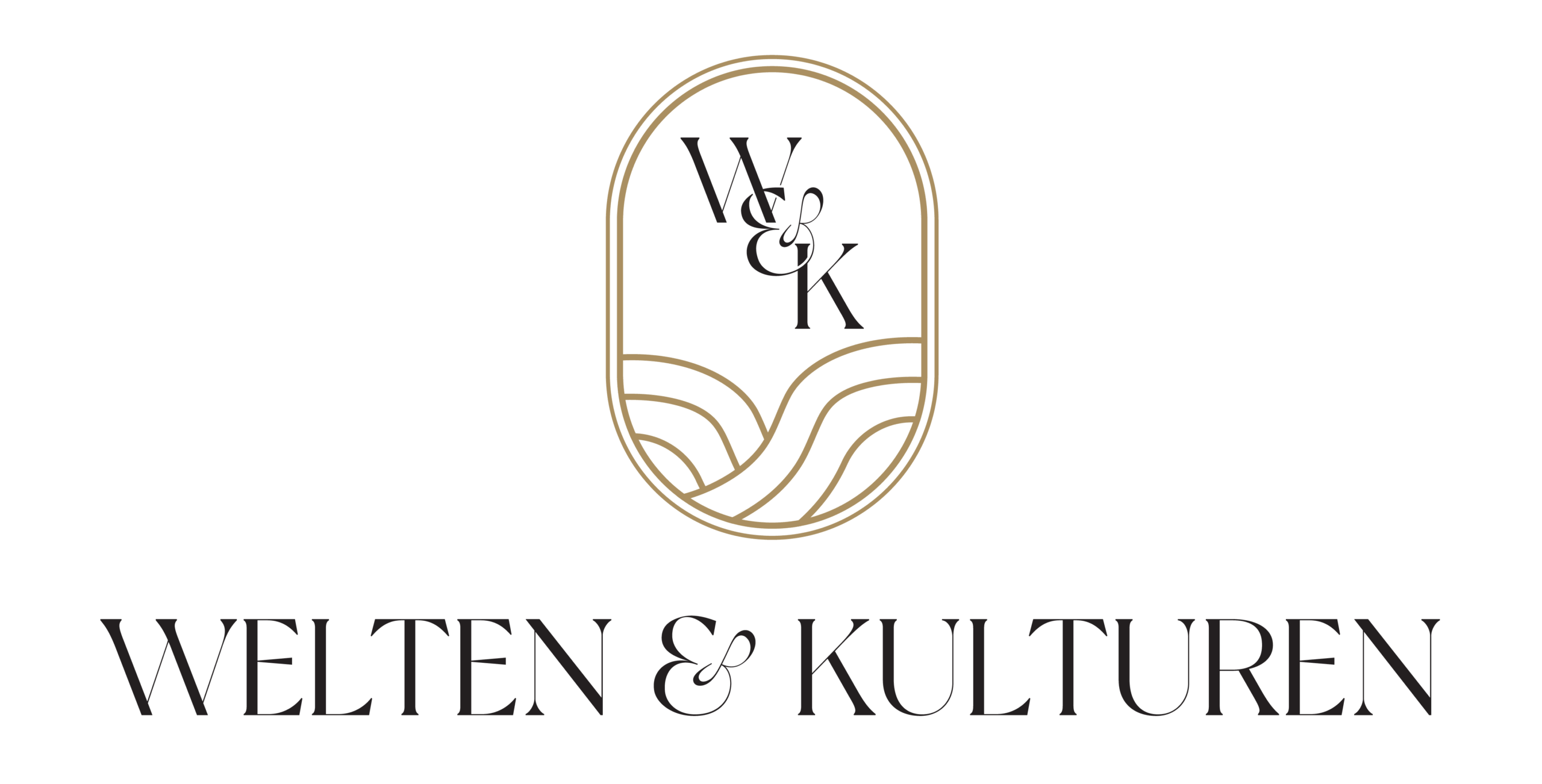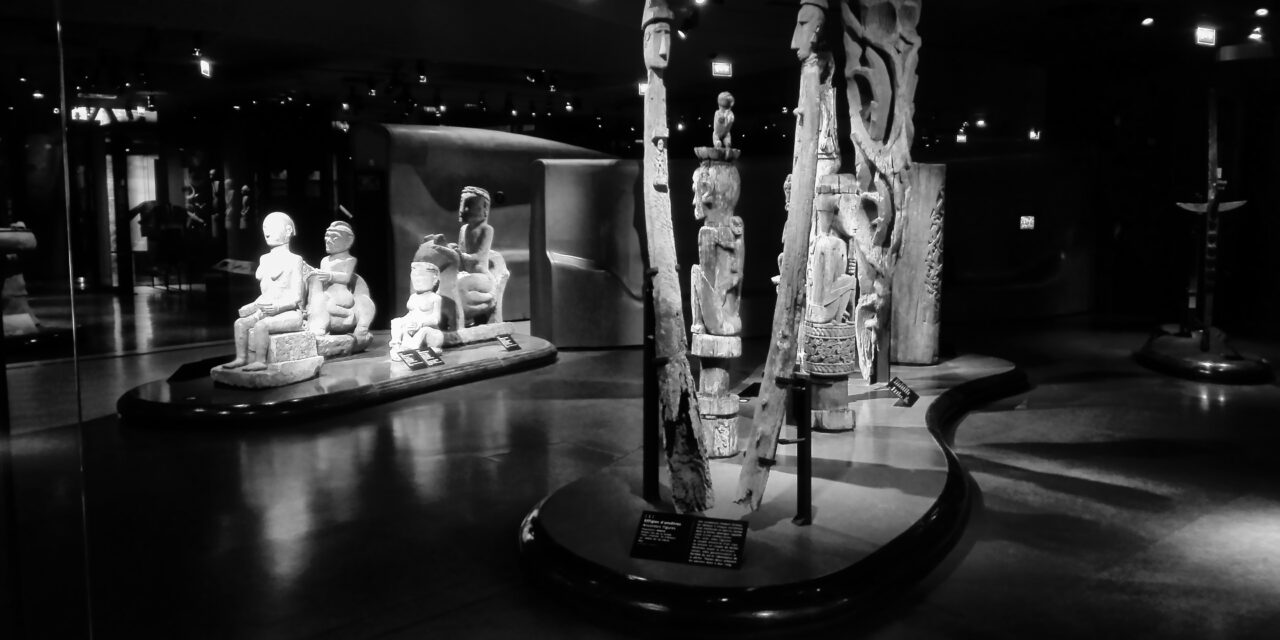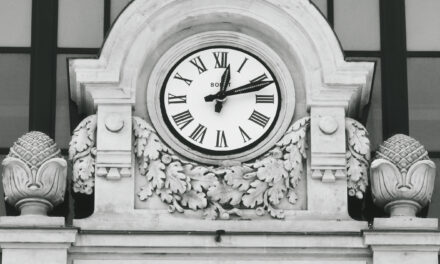Paris – das Musée du Quai Branly
Musée du Quai Branly in Paris: Cultures of the World vs. Indoctrination
I have to be honest: the first time I visited the Quai Branly was out of sheer spite. Opened in 2006, the Musée du Quai Branly was a novelty: For the first time, non-European artifacts were exhibited decidedly as works of art. This may not blow a normal person’s mind, but for ethnologists (and unfortunately I kind of am one of them) it was sometimes a bone of contention. Or at least the trigger for a heated discussion in which two parties were irreconcilably opposed to each other: Those who despise it and those who support it.
And yes, this peculiar controversy was the reason for my first visit to the Quai Branly in 2007, which I undertook with the firm intention of loving the Quai Branly. I have never liked the ideology of some ethnologists that indigenous art should not be exhibited as art without regard to its context. Both approaches have their justification. And despite popular opinion, most of the objects on display were acquired legally (although not all of them). And then, please, let the person who owns them decide on their form of exhibition, especially as the initiators, in this specific case, had the best of intentions, but more on that later. Unfortunately, I failed with my attempt at love. But for reasons other than those cited by the museum’s critics …
In the meantime, the earth spun around itself many times, and the result is … that ethnological museums are now somehow problematic in principle. And instead of standing up to this, they humbly bow their heads and “contextualize” for all they’re worth. My last visit to Quai Branly was in 2019. So much has happened since then that I’m already losing heart again. Again, more on that a little later.
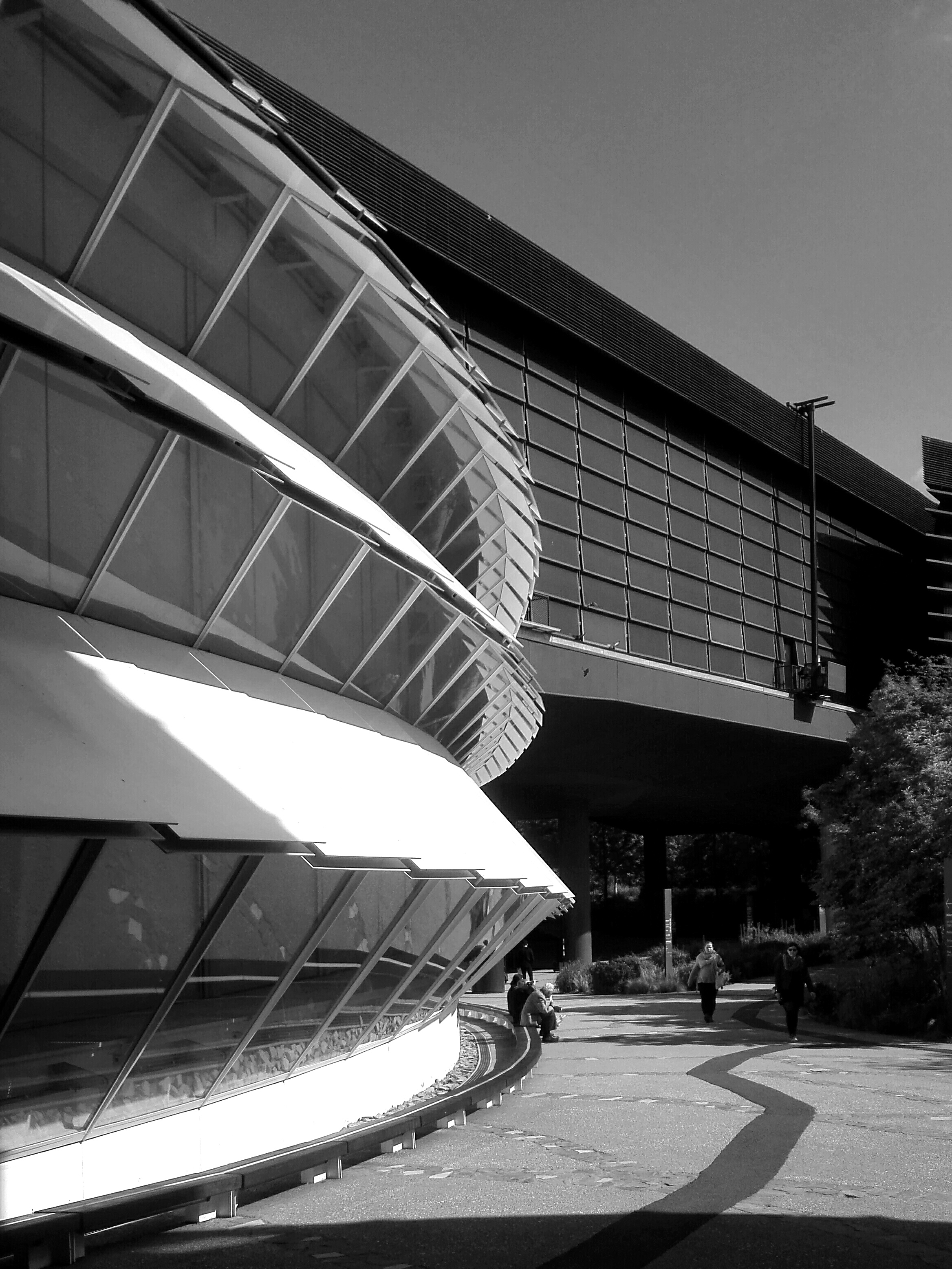
In any case, there was a brief intermezzo in which I actually liked a few things there, and I would like to emphasize that. But my attitude towards the museum is and remains ambivalent. Just for different reasons than the usual ones.
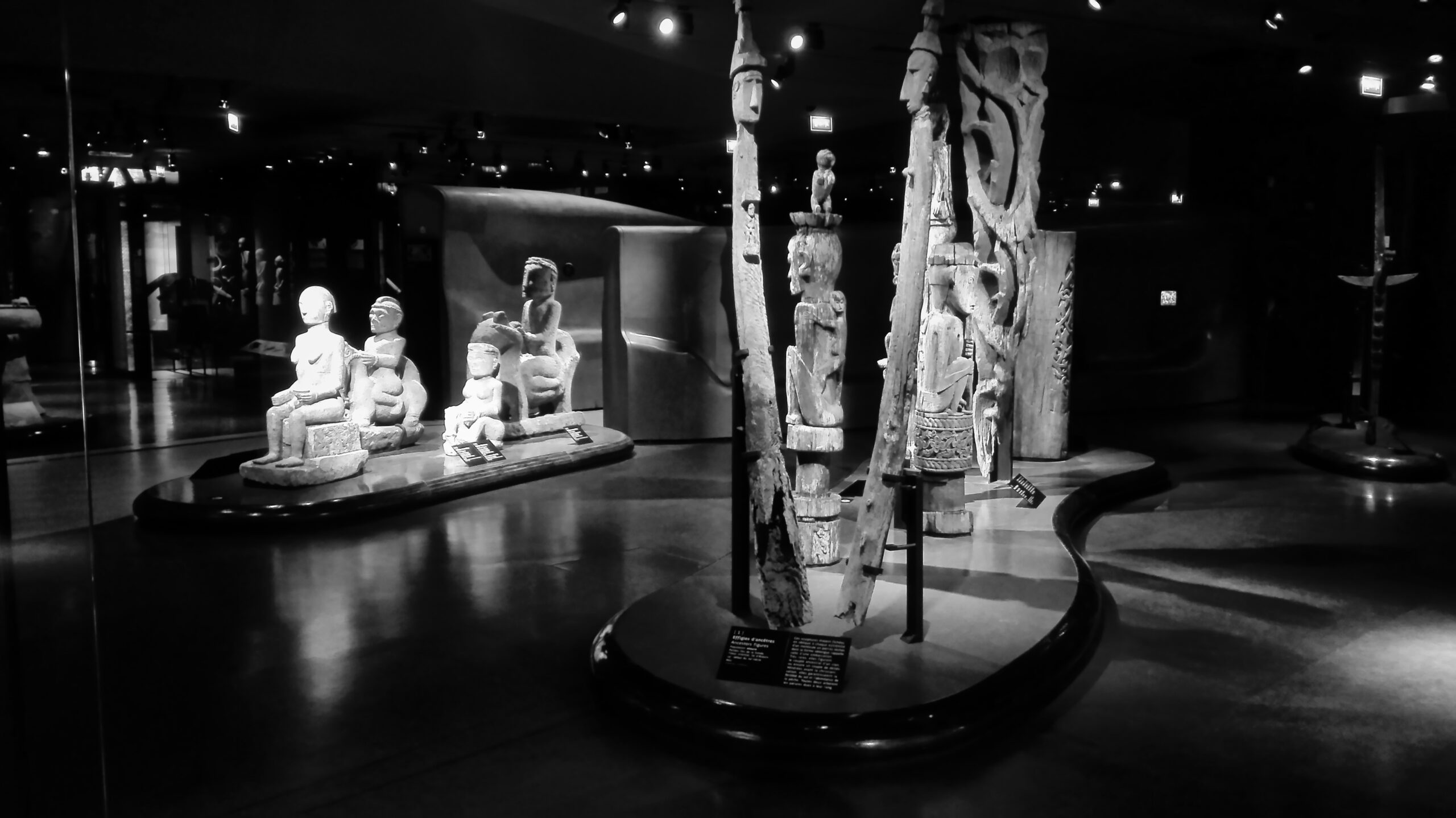
The Concept of the Quai Branly: Jacques Chirac and Jacques Kerchache
Let’s start at the beginning. The idea of the museum, whatever any “controversies” may say about it, was a good one: they wanted to recognize indigenous art as being on a par with European art – and therefore dedicate a large museum to it. To this end, two Parisian collections were brought together: that of the Musée national des Arts d’Afrique et d’Océanie and that of the ethnographic department of the Musée de l’Homme. The idea for this came from the collector and ethnologist Jacques Kerchache, who unfortunately did not live to see the opening of the museum he had initiated. He presented the idea to then-French President Jacques Chirac, who supported it. This is why the museum now bears the full name “Musée du Quai Branly Jacques Chirac”.
For Chirac, this was perhaps also an opportunity to continue a French tradition – because almost all of his predecessors in office had immortalized themselves architecturally by building a museum. The last example in this series was his immediate predecessor, François Mitterrand, who had the glass pyramids built in the courtyard of the Louvre and was therefore jokingly referred to as “Mitteramses”. The Quai Branly was therefore undoubtedly a good option for Chirac to distinguish and immortalize himself in a similar way.
The Architecture of the New Ethnographic Art Museum
The architecture is unique. And although I’m not a big fan of modern architecture, I have to admit that the building – or, rather, the entire complex – really impressed me: Surrounded by a park-like structure with lots of greenery, overgrown facades and relatively plain, green-roofed buildings on the side that blend in surprisingly well with the surrounding Haussmannian architecture. From the inside, the museum is mainly dark, which is not in itself disturbing, but on the contrary could make the artifacts stand out all the better. The emphasis is on “could”. Because the whole problem with the museum – at least that was my impression – is that the architecture overwhelms the artifacts. Or rather: the artefacts merely seem to effectively complement the architecture. The result is aesthetically pleasing, no question – but it really has little to do with an ethnographic museum.
I also found the fluid transitions from one geographical zone to another (i.e. the regions from which the exhibited artifacts originate) more confusing than helpful. They are more like a dalliance of an architectural-artistic idea that has run amok. I like things to be systematic and clearly structured, because I’m there for the collection – not to enjoy the architecture as l’art pour l’art.
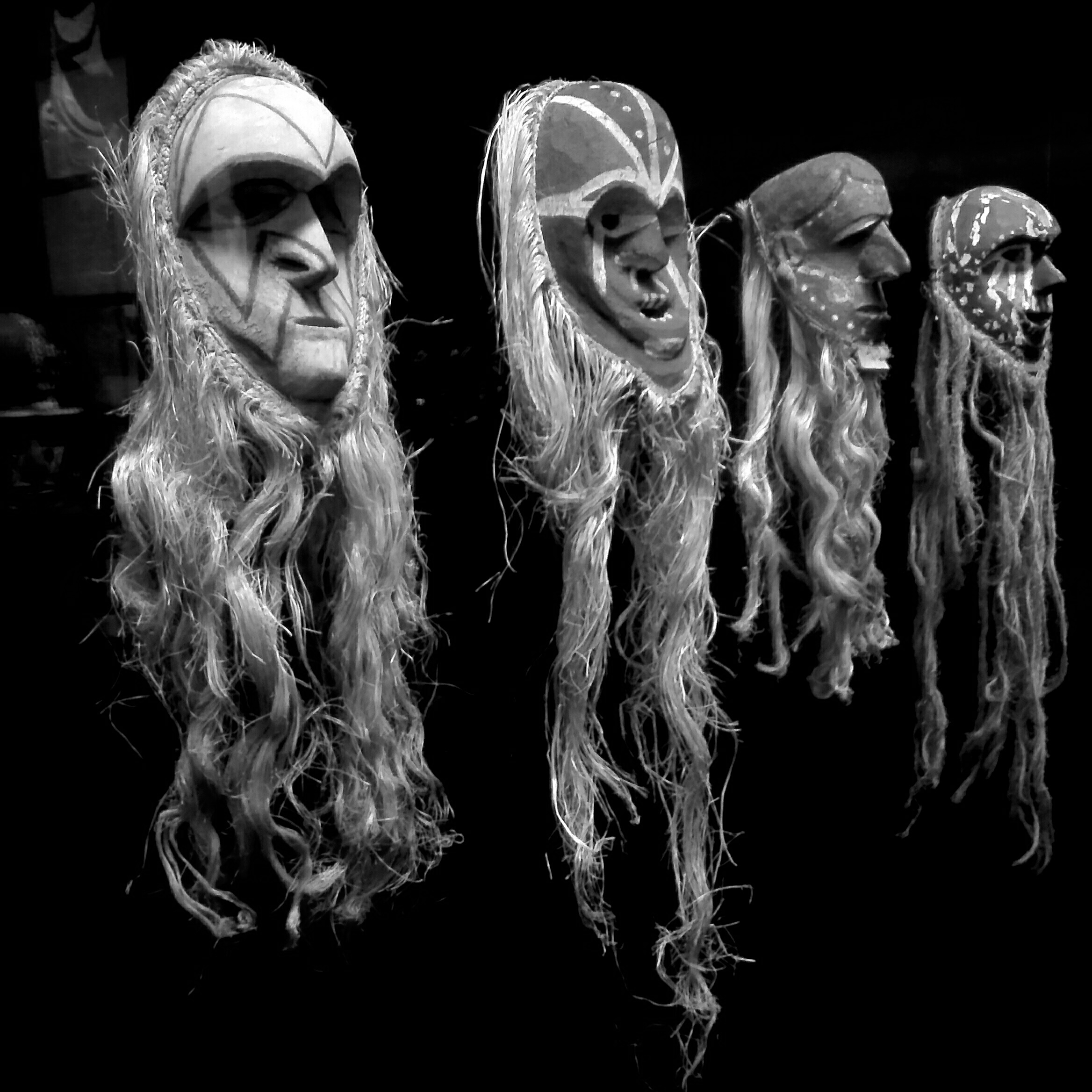
Exhibition “Peintures des lointains” (2019)
Don’t get me wrong: The collection itself is great. I just wish they had done it more justice. Despite all the criticism after my first visit, I gave the Quai Branly a second chance in 2019. Not so much to change my overall opinion, but rather because there was an exhibition there that I really wanted to see: “Peintures des lointains” with paintings from the period of French colonialism. And while I maintain my general criticism of the exhibition venue, I have to say: this exhibition was really great.
There was already some “contextualization”, but everything was still within reason. So much so, that it could still be safely ignored without any major difficulties.
It should be clear to everyone today that the colonial view is not “objective” and that colonial times did not bring exclusively positive outcomes for the local populations, to say the least (although they did bring some!). But that does not delegitimize the exoticizing view of the culturally foreign. I have never been able to find anythingwrong with it, nor do I today. People have looked at the world and its inhabitants differently at different times. In all places in the world, by the way. The pictures in this special exhibition remain beautiful, and as a sujet, the view of the foreign is always relevant in times past and present. “Exoticism” is not a bad thing. We need such foreign images to create an alternative world to our own.
Anyone who has ever heard how people from foreign countries imagine Germany, and sometimes even see it when they have already been there, knows that exoticization is the most human of things – and therefore universal. It is not something “evil from the West”. Just as slavery was not invented by evil white people – it existed almost everywhere in the world, regardless of skin color and ethnicity. We should simply be happy that there is now a global consensus that it is not appropriate. (Despite this, it still exists in many places, just in a different form.)
Apart from that: There’s no need to politicize everything. We can also simply see art as art – and find it exciting and beautiful how the view of the foreign has been reflected in the arts.
And by the way, some of today’s views of Europeans on the supposedly eternally traumatized and oppressed are at least as (neo-)colonially degrading as our ancestors are often accused of being. The fact that people put on a fancy coat of “anti-racism”, “climate justice” and so on does not change this fact. It is true that countries in the Global South are kept in economic structures that continue to hinder their free development. At the same time, however, most of these countries are actively in the process of freeing themselves from these very structures – in the local populations themselves, there is often less trauma than a sense of awakening and new beginnings.
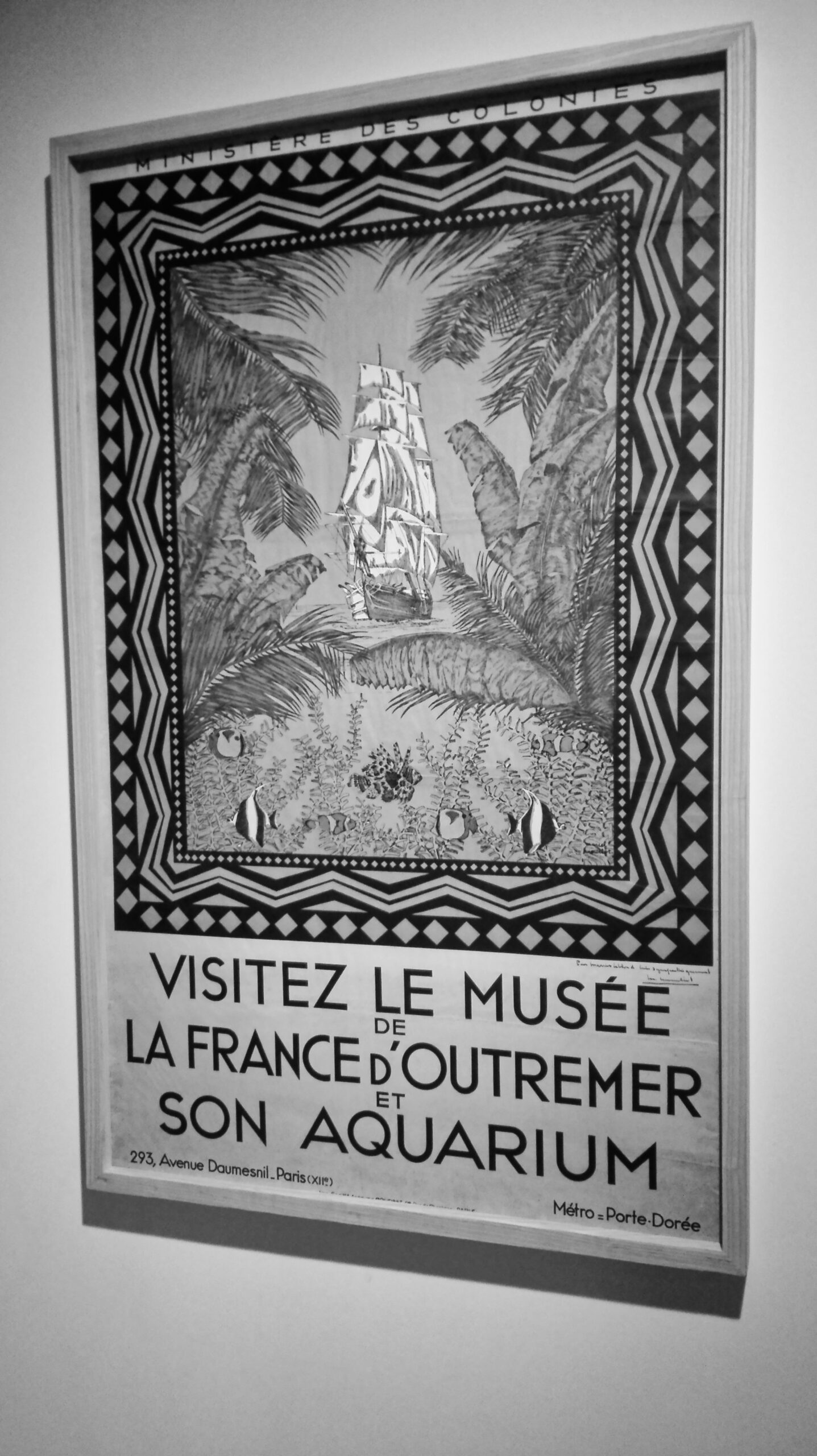
But even today, the self-proclaimed “enlightened classes” of the West have their own ideas about what the optimal development of the formerly colonized should look like … but let’s get back to our museum!
It is reassuring that such exhibitions could still be shown in 2018/19 – and that the very same exhibition was shown again in Le Mans in 2022. The attempts to steer visitors through the theme in line with contemporary ideology, now affectionately referred to as “contextualization”, were negligible at the time and will hopefully have remained so in Le Mans.
And, as I have pointed out, this exhibition was really worth the visit – many wonderful paintings that gave a good overview of how foreign places and foreign cultures were imagined at the time; and, fortunately, the exhibition did not stop at Gauguin and Picasso, the “usual suspects” in terms of primitivism in the 20th century, but also included lesser-known artists and in principle the entire period of the French colonial empire. (The exhibition catalog is, of course, still available and I highly recommend it for the interested reader.) By the way, the following picture by Willy Worms, “Ambohimanga”, looks much nicer in color, but we are a black-and-white blog, after all …
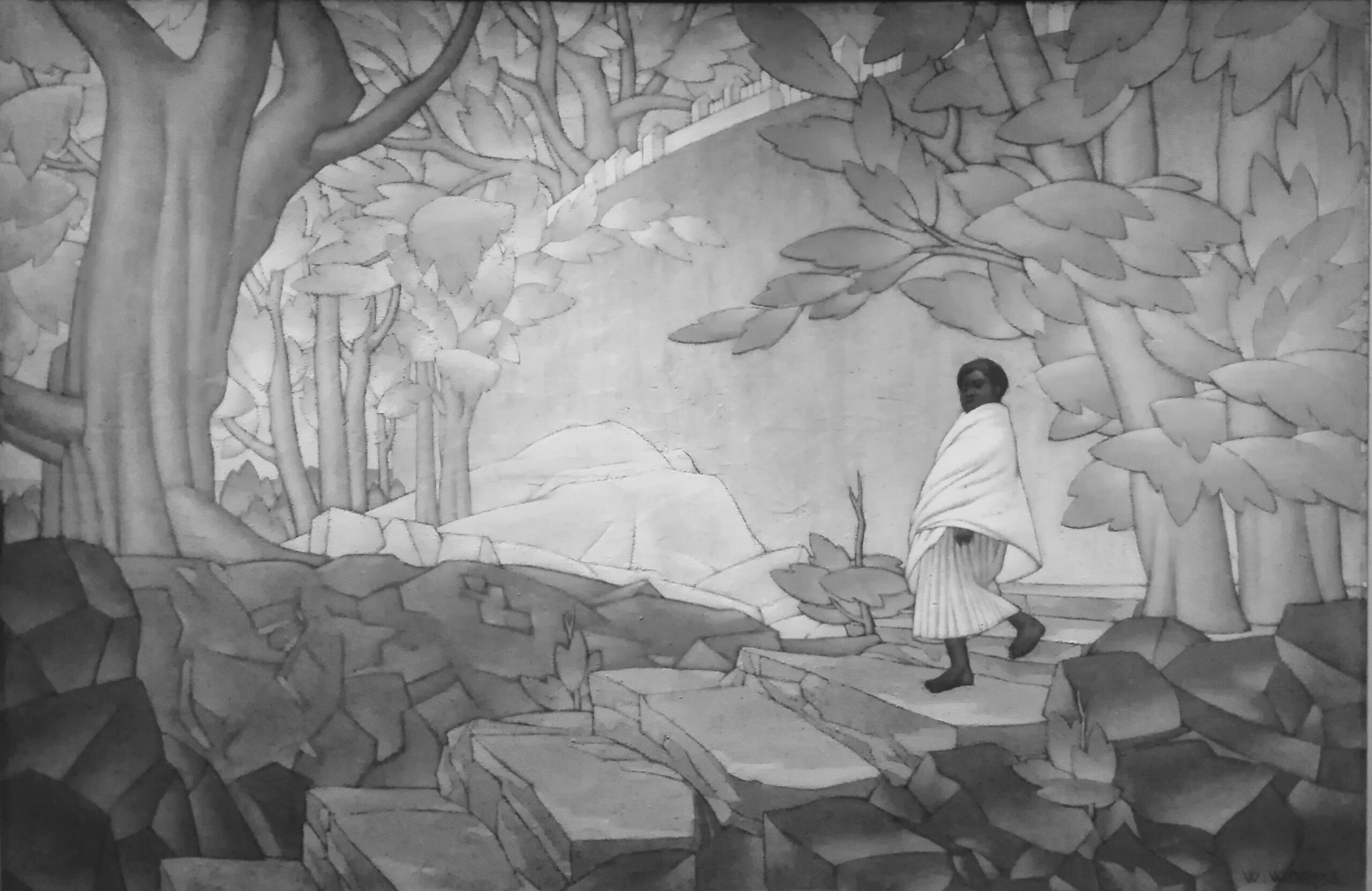
Now, as I was writing the last few lines of this article, I wondered: What is it like in this museum today? At the Humboldt Forum in Berlin (more precisely: the Ethnological Museum, which is located on one of its floors), you almost have the feeling that you have strayed into a GDR museum. The only difference is that the explanations about the wonderful achievements of the proletariat and the despicable bourgeoisie have been replaced by teachings about, in the eyes of the makers of this exhibition, the at least equally despicable class of colonial rulers, travelers, collectors, explorers, in short: the evil Europeans, the “evil white men”. Everything is “contextualization”. And deconstruction. We mustn’t forget that either. The problem, of course, is: When you deconstruct everything, you’re left with nothing but a pile of rubble.
So in the five years that have passed since my last visit to the Quai Branly in Paris, how has the museum developed? After all, a lot has changed in the western world over the past 5 years …
Unfortunately, I was unable to spontaneously check it out and had to make do with a look at the museum’s website. Apart from a predominance of female artists and women-related themes, which is undoubtedly due to feminism being the trend of the moment, everything seems to be moving along more or less normal lines. But, dear reader, as soon as I have the opportunity, I will revisit the site and bring you up to date …
